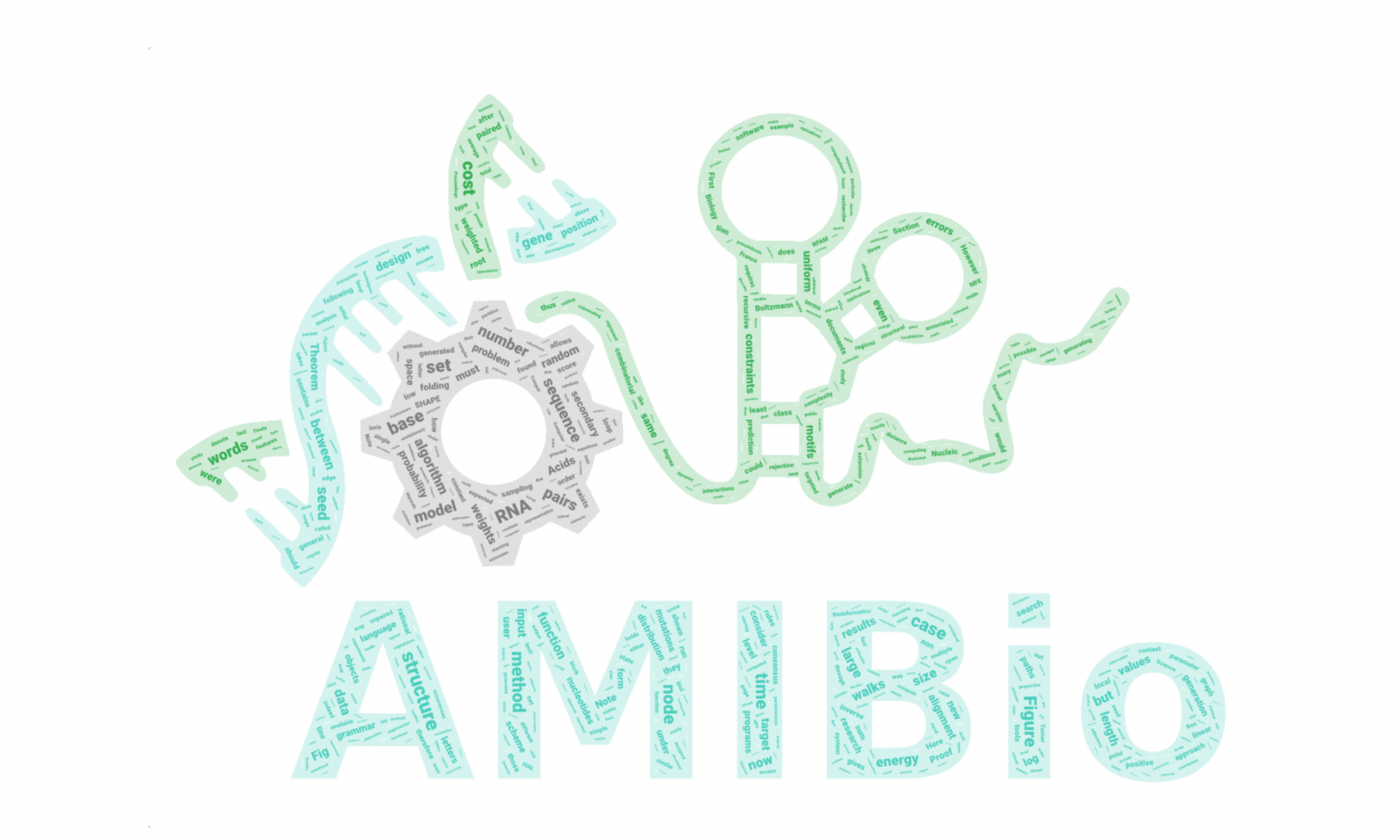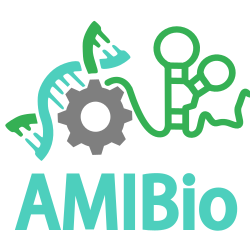Our team addresses central questions in bioninformatics, related to the molecular levels of organization in the cells. The biological function of macromolecules such as proteins and nucleic acids relies on their dynamic structural nature and their ability to interact with many different partners. Therefore, folding and docking are still major issues in modern structural biology and we currently concentrate our efforts on structure and interactions and aim at a contribution to RNA design. With the recent development of computational methods aiming to integrate different levels of information, protein and nucleic acid assemblies studies should provide a better understanding on the molecular processes and machinery occurring in the cell and our research extends to several related issues in comparative genomics.
On the one hand, we study and develop methodological approaches for dealing with macromolecular structures and annotation: the challenge is to develop abstract models that are computationally tractable and biologically relevant. Our approach puts a strong emphasis on the modeling of biological objects using classic formalisms in computer science (languages, trees, graphs…), occasionally decorated and/or weighted to capture features of interest. To that purpose, we rely on the wide array of skills present in our team in the fields of combinatorics, formal languages and discrete mathematics. The resulting models are usually designed to be amenable to a probabilistic analysis, which can be used to assess the relevance of models, or test general hypotheses.
On the other hand, once suitable models are established we apply these computational approaches to several particular problems arising in fundamental molecular biology. One typically aims at designing new specialized algorithms and methods to efficiently compute properties of real biological objects. Tools of choice include exact optimization, relying heavily on dynamic programming, simulations, machine learning and discrete mathematics. As a whole, a common toolkit of computational methods is developed within the group.The trade-off between the biological accuracy of the model and the computational tractability or efficiency is to be addressed in a close partnership with experimental biology groups. One outcome is to provide software or platform elements to predict structural models and functional hypotheses.

